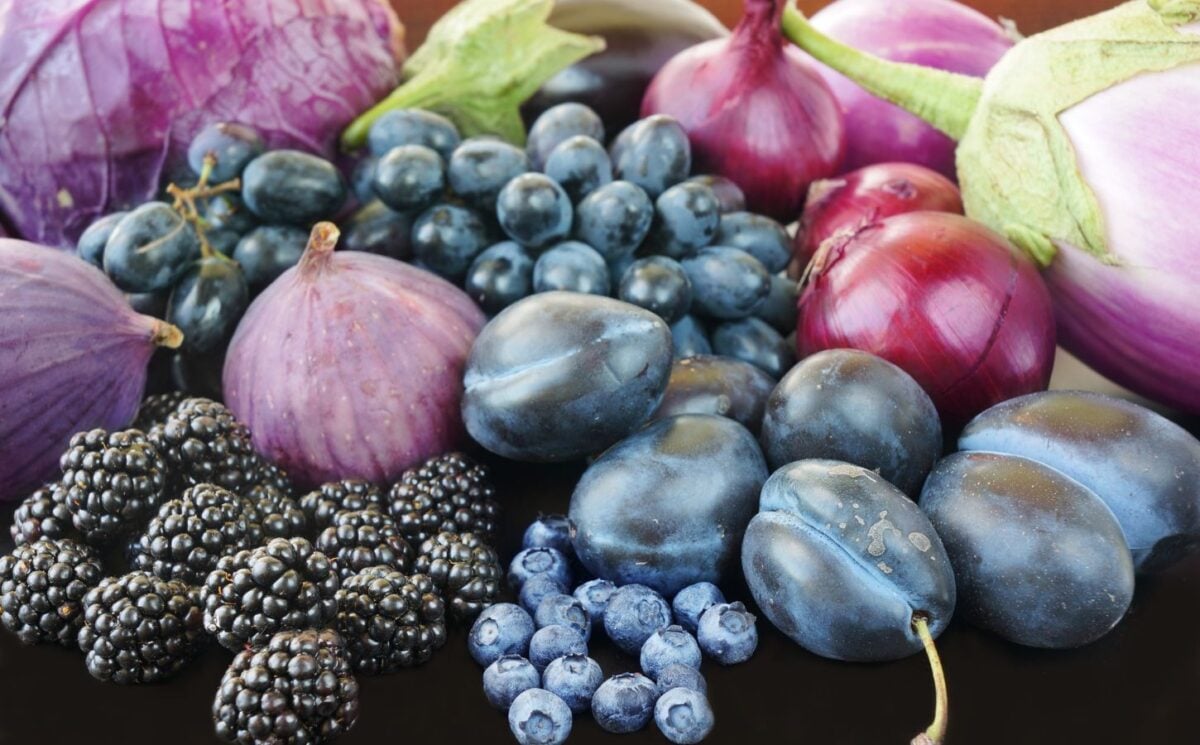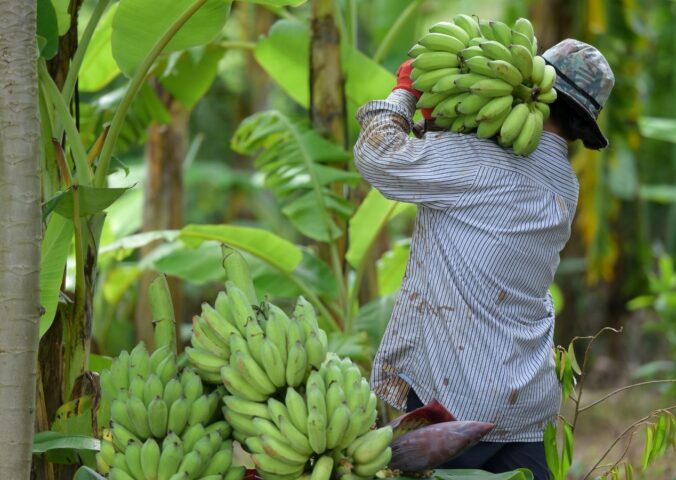Antioxidants in fruits, nuts, and vegetables could help to reduce the toxic impacts of microplastics on human reproductive systems, according to new research.
Microplastics and even smaller particles known as nanoplastics have been found in many parts of the human body, including reproductive organs. Microplastics contains thousands of chemicals, and can impact hormone production, lower sperm counts and quality, and cause damage to ovaries and erectile function.
But anthocyanins, the natural compounds found in many plants that give them their color, appear to offer some protection against these effects. Oxidative damage and inflammation are two major causes of microplastic toxicity in the body. Anthocyanins can counteract this due to their antioxidant and anti-inflammatory properties.
Read more: Plant-Rich Diets Boost Gut Health, Study Finds
The mechanism by which the plant compounds offer protection is their interaction with steroid receptors that bind with important reproductive hormones such as estrogen and androgen. According to the research, anthocyanins either stop microplastics from interacting with steroid receptors, or directly interact with the receptors themselves. The compounds modulate the receptors, potentially helping to restore hormonal balance and and protect reproductive organs. Anthocyanins are a “promising candidate” in the ongoing search for natural compounds that can counteract the harmful effects of microplastics, the study concludes.

Which foods contain anthocyanins?
Fruits and vegetables that are red, purple, or blue are particularly rich in anthocyanins. Berries including mulberries, blackberries, and cherries are good sources of these compounds. Black beans, red onion, red cabbage, and aubergines are also rich in anthocyanins.
Anthocyanins are a subset of the group of antioxidants called flavonoids. As well as giving fruits and vegetables their color, they are responsible for the color of many flowers.
Several studies have found that anthocyanins can help to prevent diseases linked to inflammation and oxidative stress. These include cardiovascular disease and neurodegenerative conditions. Anthocyanins also support gut health, improving the diversity of gut bacteria and boosting the number of good bacteria.
Read more: Eating A Higher Ratio Of Plant Protein Supports Heart Health, Finds Study






